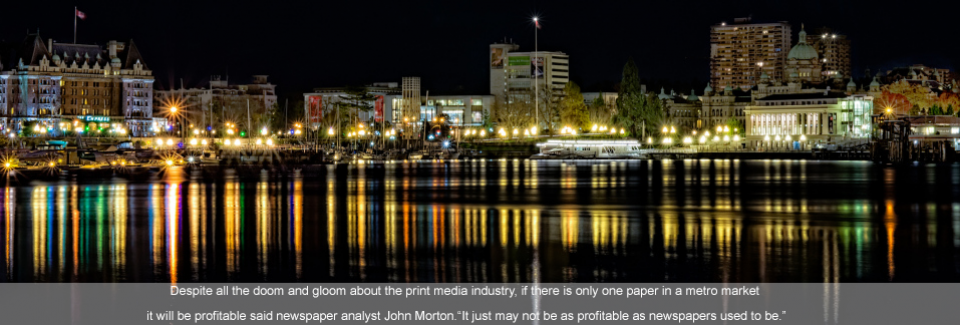Source: mediaunion.ca/
One of the worst consequences of the economic hard times that newspapers have faced across North America has been a renewed attack on the craft of photojournalism.
More and more newspapers have demanded that reporters take photos and video.
Here in B.C. some of our community newspaper photographer members have been laid off, others have been offered tech change buyouts. Reporters have become reporter-photographers. Unfortunately we have limited tools in these collective agreements to fight this. At the Sun and Province reporters have been given cameras and told to shoot video — something we are grieving because of better language in the PNG contract.
The “value” of a good photograph seems to have been diminished in the eyes of our bosses. They just don’t seem to get the importance of what photographers do.
Un
Here’s something I wrote for the Local 2000 newsletter a few years ago that remains both true and relevant:
A great photograph captures the essence of a story in a way that ten thousand written words cannot. A great photograph can define an entire era.
For those of us who lived through the Vietnam war, and even for many who did not, the iconic memories of that conflict are two images captured by photo journalists: The Saigon police chief shooting a prisoner in the head or the girl running in terror, her skin burning after a napalm attack.
The job of every photojournalist is to capture a picture that is “worth a thousand words” to their fellow human beings who are hard wired to understand their world through images, as well as written and spoken language.
Taking a great photograph is part serendipity, but like every art or craft it also requires lengthy training and experience. A professional photographer performs her or his work so well that we see only the image — the skill of obtaining and presenting it are hidden by the craft.
Unfortunately this means that some people become convinced that “anyone can do it” and that there really is no skill at all. “All you need to do is just point and shoot” the ads tell us.
Anyone who writes for a living knows that many people think “anyone can do that” as well. And, of course, anyone can write something. But that does not mean anyone can function as a journalist.
One role of a union is to defend the standards of its members’ professions and crafts. That is why it is necessary for the Local 2000 to do all that it can to promote and defend photojournalism. It is in the interest of our photographer members, but also in the interests of everyone who cares about quality journalism.
Over the years, one of the mechanisms we bargained into some collective agreements, such as that at the Sun and Province newspapers, was a ban on “dual use” reporter/photographer classifications. This ban is intended to protect photographers and to ensure that some people can focus exclusively on telling the story through images. It is also intended to ensure that reporters can focus on what they need to do in order to get their story.
Sometimes the union is asked to allow the use of reporter/photographers even when it is clearly not allowed in a collective agreement. Most often the company does this in an attempt to save money, but sometimes our own members try to sidestep the ban because they do not consider the wider implications.
It is important for every union member to understand their collective agreement and to learn why certain provisions are in place. It is critical for us to defend our crafts.
Gary Engler
